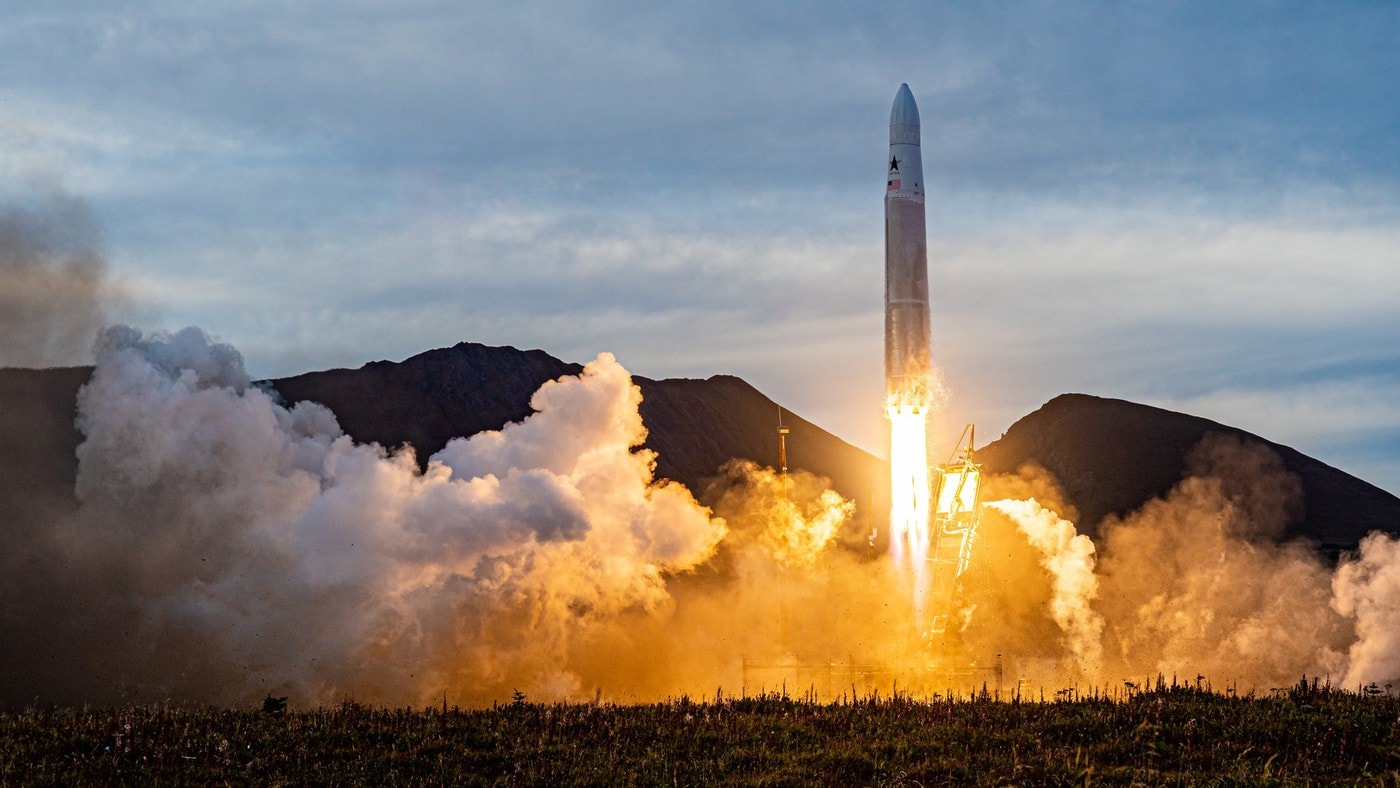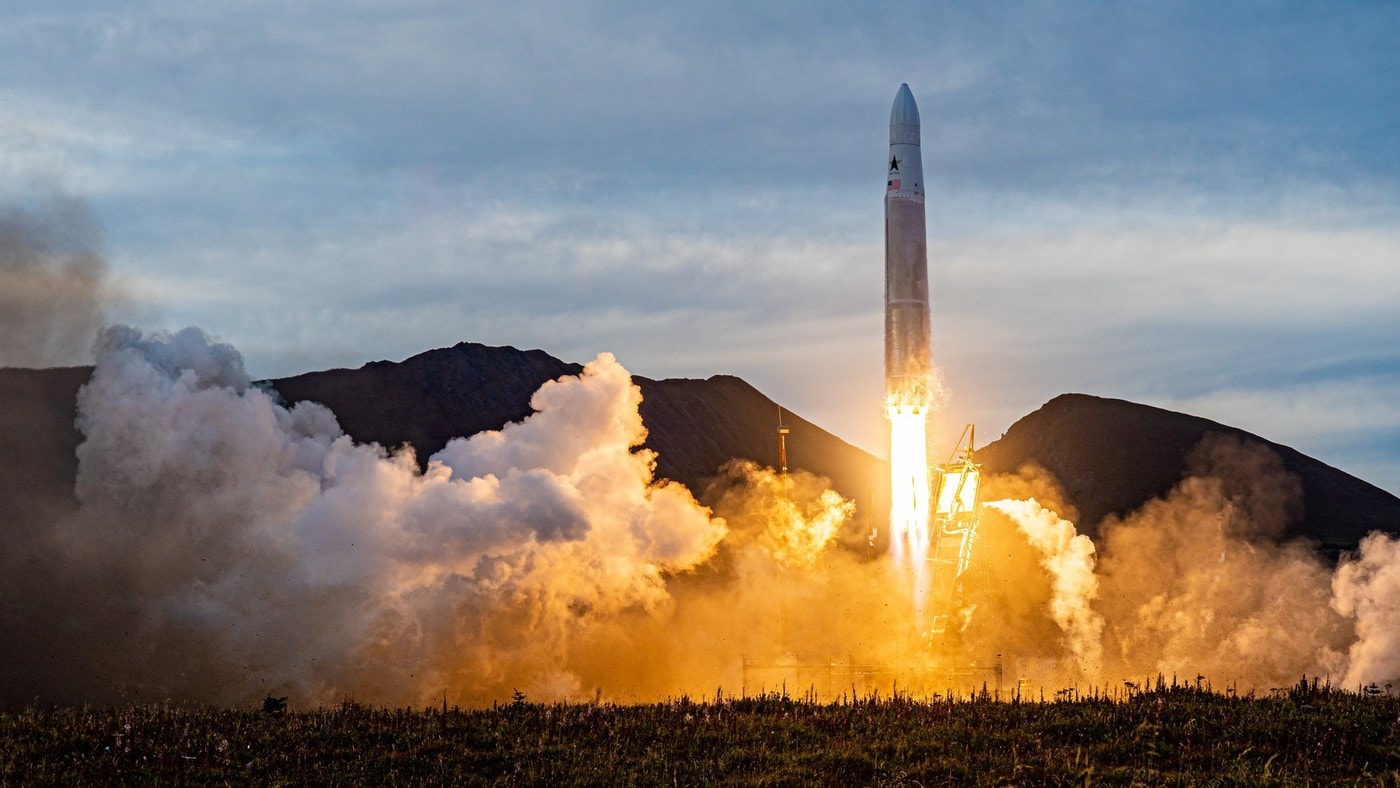
Why Astra Is So Important To The Space Industry
Over the past few years especially we are seeing more and more commercial space companies emerge and make impressive progress. This includes innovating and developing launch vehicles that help provide more options and lower costs for every launch. Astra is no exception with a lot of progress on the company and their small-lift launch vehicle in a short period of time.
While most recently Astra’s launch was not successful, they still are on track to become a big player in the future of the space industry. While they have only launched 7 times, the company has had a fully successful launch, and many other launches which showed good signs for the future. This combined with their unique ideas and plans for the future makes Astra a company to keep an eye on.
It is an unbelievably difficult and complex task successfully launching a rocket and getting it to orbit. Only a handful of companies around the world have had such success. Astra is one of those companies and does not plan to slow down anytime soon. Combine this with the help of NASA and other opportunities and you have an interesting rocket company within the space industry.
Astra Background

It began in October of 2018 when Astra was incorporated in Delaware. Chris Kemp and Adam London teamed up and hired Adam’s team as founding engineers, and set out on a mission to provide daily access to space. Astra’s primary goal is to improve life on Earth from space. In January of 2017, Astra built Rocket Development and Test Facility in Alameda, California by renovating a former jet engine test facility at the former Alameda Naval Air Station. One of the first massive milestones for the company came in July of 2018, here Astra had their first launch of Rocket 1.0. Later that year was their second launch. Rocket 2.0 was launched successfully from Kodiak, Alaska. Though the flight was shorter than planned, Astra incorporated many learnings into Rocket 3.0. In March of 2019, Astra was selected as a finalist in a launch challenge.
While still in stealth mode, Astra was selected as one of three finalists out of over 60 space companies to compete in the DARPA Launch Challenge. As the company continued to grow and plans became more ambitious, another rocket factory was built. Specifically, they completed the first phase of expansion at their 15-acre campus in Alameda, California with a new 250,000 square foot headquarters and rocket factory. They not only needed more infrastructure for building rockets but launching them as well. This was the reason for building a Kodiac spaceport later that year. This marked the completed construction of their first dedicated Astra Spaceport at the Pacific Spaceport Complex in Kodiak, Alaska. In the year 2020, Astra continued to launch and test new iterations of their launch vehicle. This started with the launch of Rocket 3.1. Here Astra completed their first orbital launch demonstration with Rocket 3.1 and gained valuable flight data. Months later they launched Rocket 3.2, which made it to space and demonstrated orbital capability. Moving to 2021, Astra made significant progress in all aspects this year. First, Astra acquired Apollo Fusion, the leading electric space-propulsion company, to reach new destinations in space.
Then Astra goes public and begins trading as ASTR on the NASDAQ. Soon after Astra announces the successful orbital ignition of its Apollo Fusion thruster on board the Spaceflight Sherpa-LTE1 orbital transfer vehicle (OTV). Then Astra accomplished one of the company’s biggest milestones with the launch of LV0007. This rocket reached orbit, making Astra the first rocket company to reach orbit in less than 5 years. Astra’s launch system successfully demonstrated the orbital placement of a test payload to an inclination of 86 degrees at an altitude of 500 km. Finally, Astra announced a second U.S. spaceport. Specifically, Astra announced plans to deploy its first satellite in orbit for the National Aeronautics and Space Administration (NASA) in January 2022. While this launch did not go exactly to plan, it still provided the company with a lot of valuable information. As of right now, Astra is working to find out exactly what went wrong with their latest launch, and how to improve in the near future.
Small-lift Launch Vehicle

Now that we have taken a closer look at Astra’s progress and background, we can focus on the small-lift launch vehicle at the core of the company. To date, there have only been seven launches of the rocket. It started with Rocket 1 and has moved up and improved to Rocket 3.3. Most recently, LV0008 was launched from Cape Canaveral. Astra is providing launch services from Kodiak, Alaska, and Cape Canaveral, Florida. However, the company has pointed out that more Astra spaceports will be coming soon. Astra’s launch vehicle sends payloads of up to 500kg to up to 500km mid-inclination orbits, with more destinations coming soon. This includes the option of sending 630kg to low Earth orbit and 335kg to SSO. Astra has put a lot of work into many aspects of the rocket including the fairings. Their fairing can accommodate an ESPA Grande class spacecraft. The useable volume of the cylindrical portion of the fairing measures 60 inches in diameter and is 54 inches tall. This helps the company fill the rocket will different small satellites like we just recently saw with the launch from the Cape.
As time has gone on Astra has managed to become one of the fastest-growing space companies in the industry. Looking at the future of launch services and opportunities, it is growing even faster. Specifically, in future years, there is expected to be a massive demand for launch services as more and more companies want to send small satellites and constellations into low Earth orbit. This means companies such as Astra will have a great opportunity if they can consistently launch their rocket at a reasonable price. While there are quite a few other companies with small-lift launch vehicle capabilities, the demand is expected to far outweigh what’s available. If Astra continues to develop at this rate, it could easily become a very big player in the future of the space industry. In addition to this, Astra has expressed in many different ways their ambitious plans for the future. Whether this is additional launch sites or rocket capabilities, they have big plans for the future. This is a good sign and encourages us to keep an eye on Astra and its progress.
Conclusion
With the demand for launch services growing rapidly with no end in sight, we are seeing more and more companies start and progress at rapid speeds. One great example of this is Astra. In the time span of only a few years, the company has managed to build up in a significant way including going through multiple different rocket iterations. They were even able to have a fully successful launch to orbit only a few months prior. This type of ambition and fast pace makes Astra stand out from a lot of other companies. In addition, they have expressed their plan to not slow down and continue to work towards a better future. We will have to wait and see what Astra develops and does and the impact it has on the future of the space industry and Earth.
